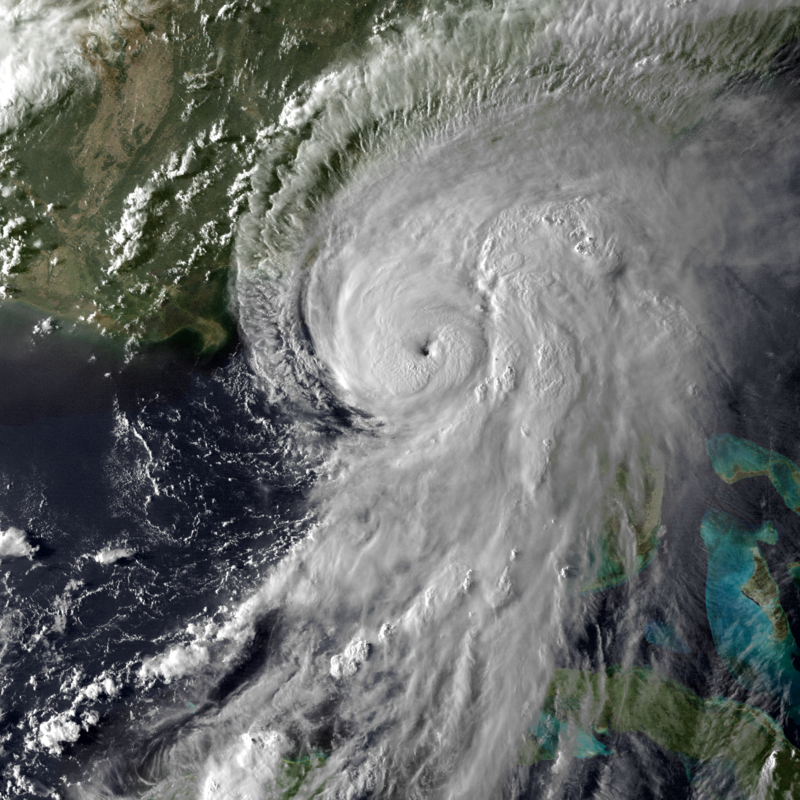Hurricane Hermine, a significant weather event in the 2016 Atlantic hurricane season, marked a historic moment as it became the first hurricane to make landfall in Florida since Hurricane Wilma in 2005. Additionally, it was the first hurricane to develop in the Gulf of Mexico since Hurricane Ingrid in 2013. This research article explores the impacts and aftermath of Hurricane Hermine, highlighting the areas affected, the damage incurred, casualties, and the cost of recovery. Furthermore, it provides valuable insights on preparedness measures that can be taken when faced with the potential threat of a hurricane like Hermine in the future.
Introduction: Hurricane Hermine originated from a long-tracked tropical wave in the Florida Straits on August 28, 2016. Before intensifying into a hurricane, the precursor system brought heavy rainfall to the Caribbean, particularly affecting the Dominican Republic and Cuba. The storm caused damage to over 200 homes and displaced more than 1,000 people in the Dominican Republic. While Cuba received beneficial precipitation due to a severe drought, some areas recorded rainfall exceeding 12 inches (300 mm). On August 29, Hermine was designated as a tropical cyclone and gradually intensified into a Category 1 hurricane with sustained winds of 80 mph (130 km/h) before making landfall in the Florida Panhandle on September 2.
Impacts Before Landfall: In anticipation of Hermine’s arrival, multiple tropical cyclone warnings and watches were issued across the Southeastern United States. State of emergencies were declared in Florida, Georgia, North Carolina, Virginia, Maryland, and New Jersey. Coastal areas along the Florida Gulf Coast experienced storm surge and heavy rainfall, resulting in significant damage. Citrus County was one of the hardest-hit areas, with 2,694 structures damaged, including 531 suffering major damage, amounting to approximately $102 million in losses. Pasco County also encountered coastal and freshwater flooding, leading to the destruction of seven homes, major damage to 305 structures, and minor damage to 1,564 others.
Impacts During Landfall: As Hermine made landfall in the Florida Panhandle, it brought destructive winds, leaving a trail of power outages, downed trees, and structural damage. Approximately 325,000 people were left without electricity, with Tallahassee experiencing power outages affecting 80% of its residents. Tragically, one fatality occurred in Florida when a homeless man’s tent was crushed by a falling tree near Ocala. While Georgia, South Carolina, and North Carolina experienced flooding and moderately strong winds, the overall impact was less severe compared to Florida.
Impacts After Landfall: After moving inland, Hermine rapidly weakened and transitioned into an extratropical cyclone near the Outer Banks of North Carolina on September 3. The remnants of the storm lingered offshore the Northeastern United States before dissipating over southeastern Massachusetts on September 8. Although the system had weakened, it continued to cause minor flooding and winds in these areas.
Lessons Learned and Preparedness Measures: Hurricane Hermine emphasized the importance of preparedness and timely response in vulnerable areas. Residents should closely monitor weather reports and heed evacuation orders if issued. Preparing emergency supply kits, securing homes, and knowing evacuation routes are essential steps for individuals and communities to take before a hurricane strikes. Collaborative efforts between government agencies, emergency management organizations, and the public are crucial for effective disaster response and recovery.
Interesting Fact: As a direct result of Hurricane Hermine in 2017, the storm surge and heavy rainfall exposed vulnerabilities in coastal areas of Florida, particularly Citrus County and Pasco County. This event highlighted the need for improved infrastructure, coastal protection measures, and enhanced emergency management systems to mitigate the impacts of future hurricanes.
Conclusion: Hurricane Hermine made a significant impact in the 2016 Atlantic hurricane season by becoming the first hurricane to make landfall in Florida since 2005 and the first to develop in the Gulf of Mexico since 2013. The storm caused substantial damage in Florida, Georgia, South Carolina, and North Carolina, resulting in one fatality in each of the latter two states. Lessons learned from Hermine emphasize the importance of preparedness, effective emergency response, and the need for continuous improvements in coastal infrastructure and protective measures. By implementing these lessons, communities can better protect themselves and mitigate the impacts of future hurricanes.




Leave a Reply